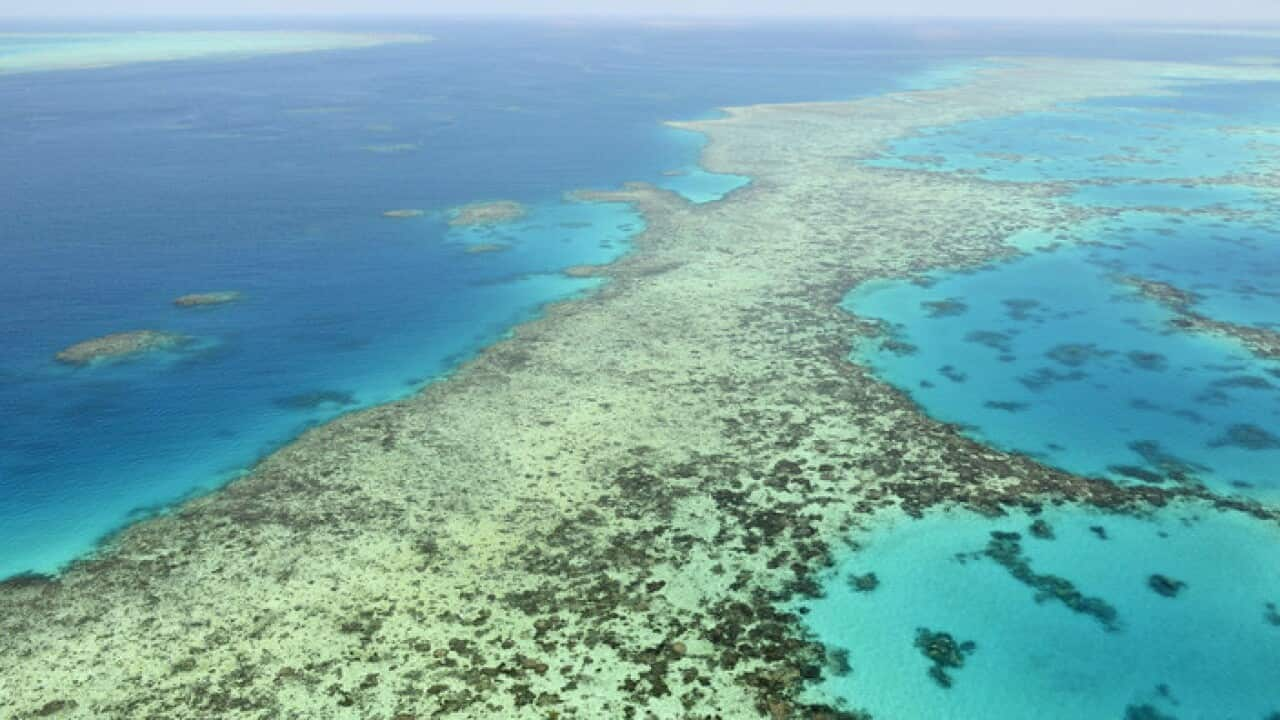Increasing the reflective capacity of clouds by brightening them with sea salt, covering some reefs with a biodegradable film 50,000 times thinner than a hair containing reflective particles to protect from heat; here are the few ideas of the six scientific projects selected by the Australian government to save the Great Barrier Reef.
In January, in Canberra, the government had awarded nearly two million dollars to researchers and their innovative ideas to protect this heritage of humanity which suffered in 2016 and 2017 a significant bleaching due to the rising temperature of the earth. 'water.
According to specialists, an area of about 2300 kilometers could have suffered irreparable damage caused by various factors such as the invasion of the Acanthaster starfish, a coral eater animal and industrial and agricultural activities.
Salt into clouds
David Mead, a researcher at the Australian Institute of Marine Sciences, told the ABC that this possibility was taken seriously even though it may seem original.
"The water vaporises and you're left with a salt particle which will float around, and if you can introduce those into the system you can increase the amount of sunlight reflected back.
"It's called cloud brightening because, from above, the cloud appears brighter."
Ultra-thin film
The other proposal is to cover some corals with an ultra-thin and biodegradable film that would cover some corals and protect them from heat.
A film almost 50,000 times finer than a hair.
Andrew Negri, another Institute scientist also told the ABC, "The great thing about the film is it is only a molecule thick so you can swim straight through it and it'll just keep self-forming".
The massive production of coral larvae through 3D printing of surfaces to support their growth, or the collection and relocation of larvae are also part of other selected projects.
Share
